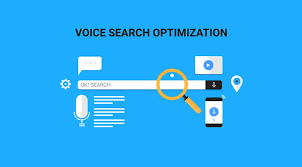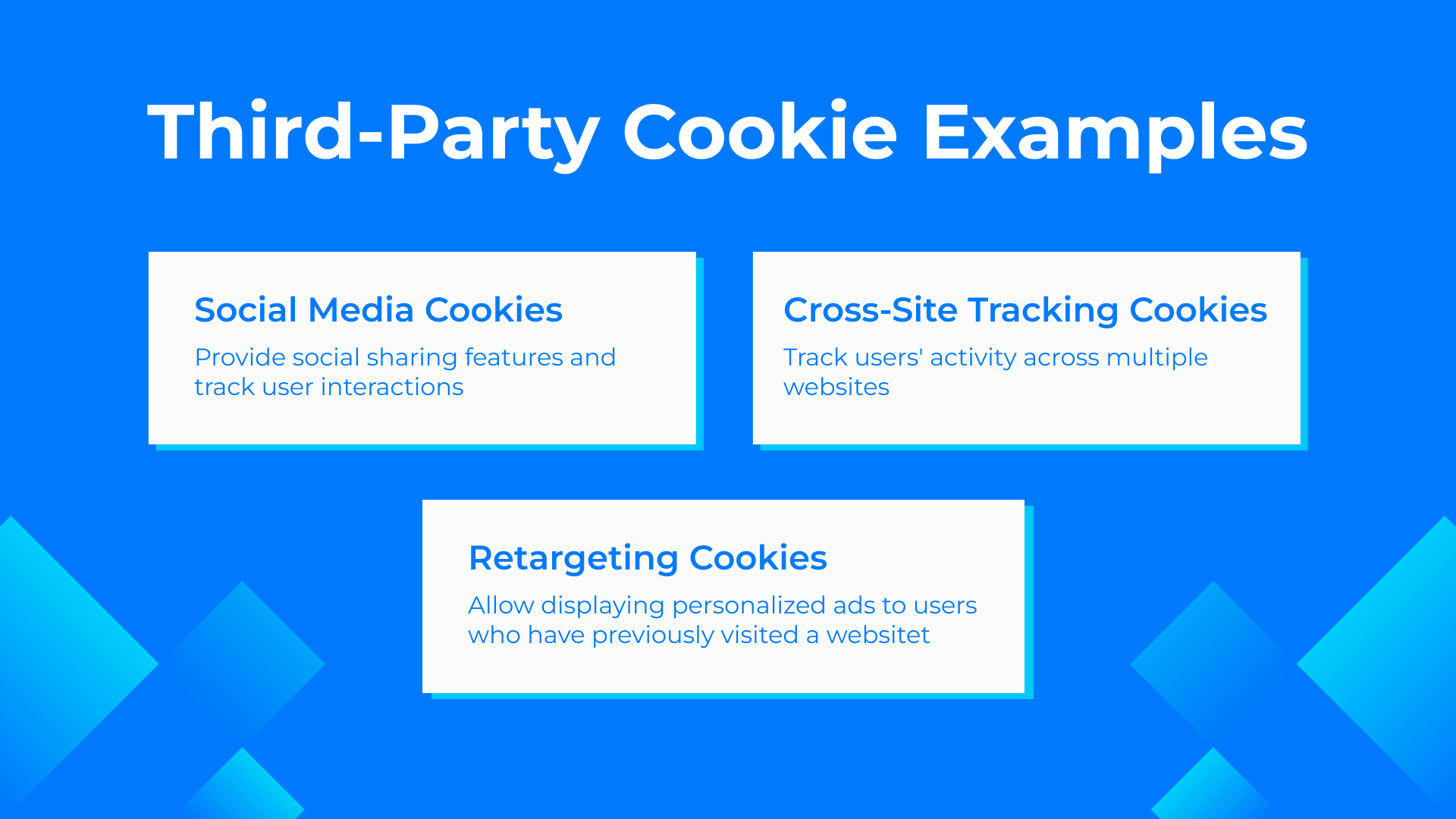For years, third-party cookies have been the backbone of online advertising, powering everything from audience targeting to retargeting. But that era is coming to an end. With Google announcing the phase-out of third-party cookies in Chrome—following Apple’s lead with Safari and Mozilla with Firefox—the digital landscape is undergoing a fundamental shift. So what does this mean for your business?
If you’re a small business owner relying on Google Ads or social media retargeting, this change may feel unsettling. But the truth is, it’s an opportunity. A more privacy-focused web favors trust, transparency, and direct customer relationships—all strengths of businesses like yours.
What Are Third-Party Cookies (and Why Are They Going Away)?
Third-party cookies are tracking scripts placed by domains other than the one a user is visiting. They help advertisers follow people around the web to deliver personalized ads. While effective, these cookies have raised significant concerns about data privacy and user consent.
Regulations like GDPR and CCPA, combined with growing consumer awareness, have accelerated the demand for privacy-first solutions. Tech giants are now adapting—and so should your business.
How Will This Impact Your Online Marketing?
Without third-party cookies, certain digital marketing tactics will change:
- Retargeting ads (those that follow users across sites) will become less reliable.
- Cross-site tracking will be limited, affecting campaign attribution.
- Lookalike audiences built on third-party data may shrink in accuracy.
But it’s not all bad news. You still have access to powerful alternatives that are more sustainable—and often more effective.
What You Can (and Should) Do Now
- Leverage First-Party Data
Start collecting data directly from your customers. That means:- Email sign-ups
- Contact forms
- On-site behavior
- Purchase history
This data belongs to you and can’t be blocked by browsers.
- Invest in Email Marketing and CRM
Platforms like Mailchimp or HubSpot help you nurture leads using first-party data. Build segmented email lists and create automated workflows that are privacy-compliant and high-converting. - Set Up Google Analytics 4 (GA4)
GA4 is built for a cookieless world. It uses event-based tracking and machine learning to fill in gaps where traditional tracking fails. Make sure you’re fully migrated and taking advantage of its predictive capabilities. - Use Contextual Targeting
Target ads based on the content users are viewing instead of who they are. It’s respectful, privacy-safe, and still highly relevant. - Get Consent Right
Use cookie banners and consent tools that are compliant with GDPR and other privacy regulations. This builds trust and protects your brand legally.
Why This Shift Can Benefit Small Businesses
Large advertisers will struggle to adapt quickly due to their reliance on scaled data. Small businesses, on the other hand, have the agility to pivot and personalize.
By focusing on authentic customer relationships and transparent marketing, you can gain a competitive edge. In a world with fewer trackers, brands that customers choose to engage with voluntarily will win.
Final Thoughts
The death of the third-party cookie isn’t the end of digital marketing—it’s a reset. It’s a call to focus on what matters most: your relationship with your audience.
Need help transitioning to a cookieless marketing strategy?
Schedule a Privacy-First Marketing Audit with Orsend



